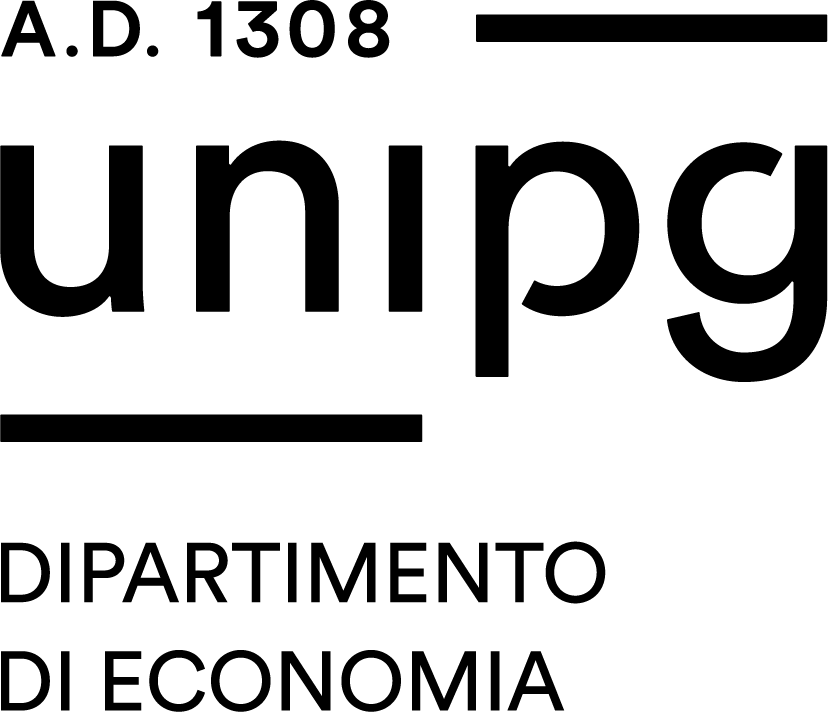Study-unit PEDOLOGY AND CHEMISTRY OF THE AGRO-ECOSYSTEM
| Course name | Sustainable agriculture |
|---|---|
| Study-unit Code | A002178 |
| Curriculum | Bioeconomia |
| Lecturer | Alberto Agnelli |
| Lecturers |
|
| Hours |
|
| CFU | 9 |
| Course Regulation | Coorte 2023 |
| Supplied | 2023/24 |
| Supplied other course regulation | |
| Learning activities | Caratterizzante |
| Area | Discipline della fertilità e conservazione del suolo |
| Sector | AGR/14 |
| Type of study-unit | Obbligatorio (Required) |
| Type of learning activities | Attività formativa monodisciplinare |
| Language of instruction | Italian |
| Contents | Pedology: Basic knowledge on the fundamental processes of soil genesis, the relationships between soil and environmental factors, the study of the soil in the field. Environmental and Agricultural Chemistry: Soil fertility evaluation; Chemical and organic fertilizers; Ecological use of sewage sludge and manures; Anaerobic and aerobic stabilization processes for the production of bio-fertilizers; Pesticides and environment. |
| Reference texts | Pedology: Slides of the lectures Certini G. e Ugolini F.C. Basi di Pedologia. Edagricole Nyle C. Brady e Ray R. Weil - Nature and properties of soils. Prentice Hall. USA Environmental and Agricultural Chemistry: Chimica dell’Ambiente Agrario: Slides dalle lezioni del docente. Sequi, Ciavatta, Miano. Fondamenti di Chimica del Suolo. Patron Editore. Ciavatta, Gigliotti, Miano, Tambone, Zaccone. Biomasse in Agricoltura – Caratterizzazione e utilizzo sostenibile. Patron Editore. Gennari e Trevisan: Agrofarmaci, conoscenze per un uso sostenibile Perdisa Editore 2008. Raccolta, fornita dal docente, delle leggi nazionali e comunitarie in materia di ammendanti e prodotti fitosanitari. |
| Educational objectives | Pedology: The course takes into consideration the basic elements which constitute the soil resource and its functioning. The main objective is to provide the students with all the elements to manage the soil in a sustainable way. The main acquired knowledge will be: factors of soil formation, chemical and physical alteration of minerals, role of soil biota, soil organic matter cycle, pedogenetic processes, soil degradation processes. At the end of the course the students should be able to interpret the morphological and analytical information useful to evaluate the soil quality and the environmental sustainability of a given soil use. Environmental and Agricultural Chemistry: To know the methods to estimate soil fertility To know the impact of fertilisers and pesticides on the soil and water systems To know the rules for pesticides utilisation To know the possible use of waste-deriving fertilisers To know the impact of waste-deriving fertilisers, sewage sludge and manure on the soil system To calculate the Predictable Environmental Concentration (PEC) of pesticides in the different environmental compartments |
| Prerequisites | General and Organic Chemistry, Soil Chemistry |
| Teaching methods | Lessons in the classroom Practical training in the field (opening of soil profiles, soil description, interpretation of the morphological data) Laboratory practices Seminars |
| Other information | Attending the lessons is optional, but strongly advised. Lesson will be held at the Department of Agricultural, Food and Environmental Sciences, Borgo XX Giugno 74, Perugia. Other info at http://dsa3.unipg.it |
| Learning verification modality | The learning verification will be carried out by means of an oral examination to be held on the dates available in the Examination Calendar published in the DSA3 website (http://dsa3.unipg.it). For information on support service for students with disabilities and/or DSA visit the pagehttp://www.unipg.it/disabilita-e-dsa |
| Extended program | Pedology: Role of the soil in the natural and anthropic environment; Name and description of the soil horizons; Factors of soil formation; Physical and chemical weathering; alteration and evolution of the soils; proton-donors theory; Soil physical properties (texture, structure and porosity), air and water in soil; Soil mineralogy; Characteristics and dynamic of the soil organic matter; Principal pedogenetic processes; Soil degradation processes; Soil and climate change. Environmental and Agricultural Chemistry: Environmental and Agricultural Chemistry: Soil fertility and fertilizers. Composting of organic urban and agricultural wastes. Livestock manure and biosolids treatment and management. Biogas production and the use in the agriculture of the digestate. The fate and behaviour of pesticides in the environment. Practices: Some fertilizer’s parameters determination (in lab); PEC calculation (in classroom). |
| Obiettivi Agenda 2030 per lo sviluppo sostenibile | 3. health and well-being 12. responsible consuming and producing 13. climate action |


